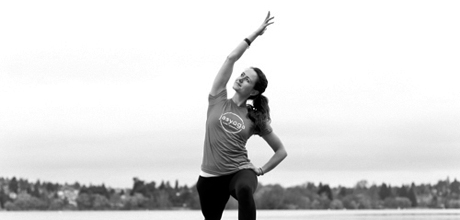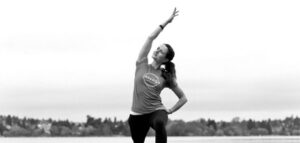
A warm-up increases your core body temperature, which helps to make your muscles more pliable. You’ll get a fuller range of movement, have more control, perform better and be less likely to get an injury.
The best way to warm up is to perform dynamic stretches, such as big arm circles and marching knee lifts, for one to two minutes – especially crucial in cold weather when muscles are stiffer.
